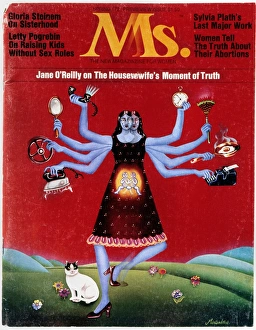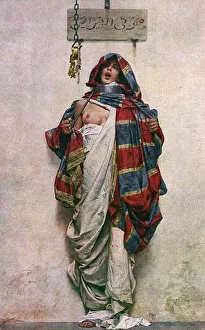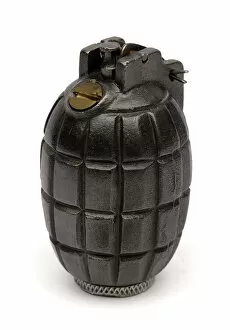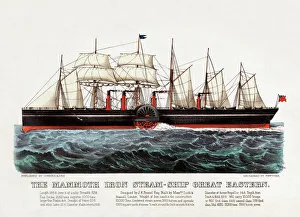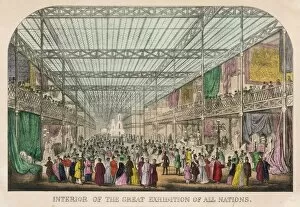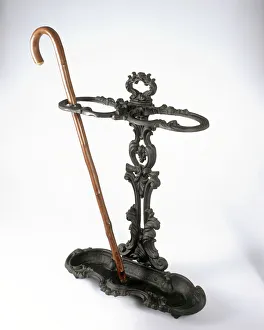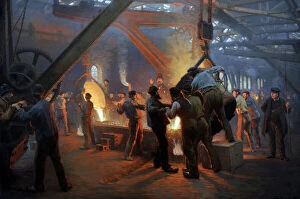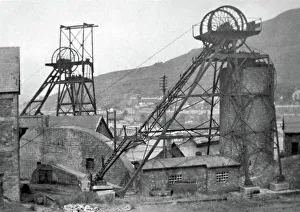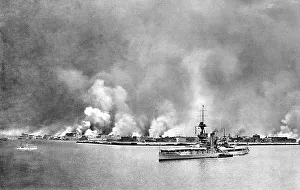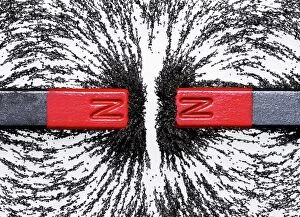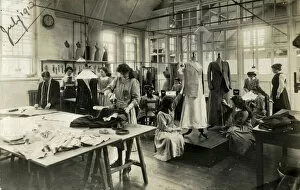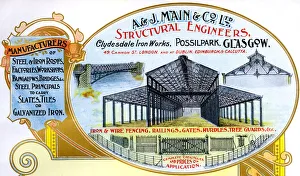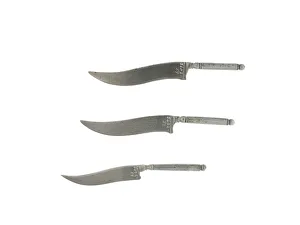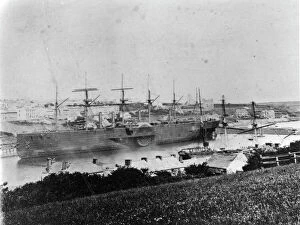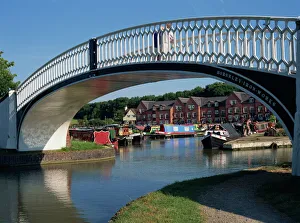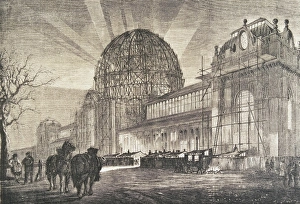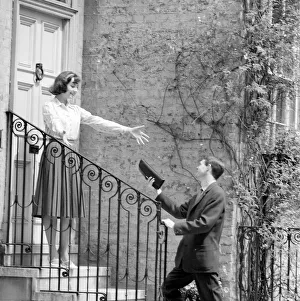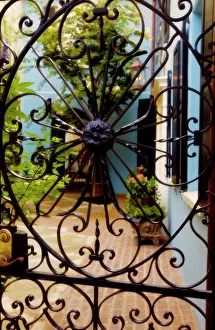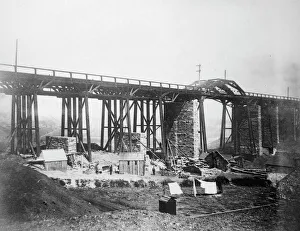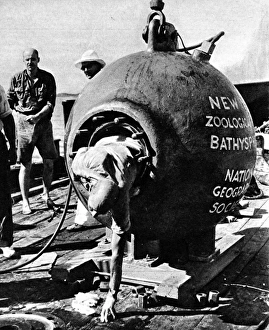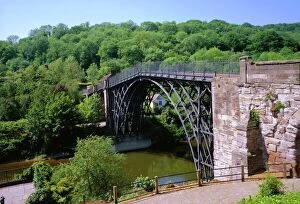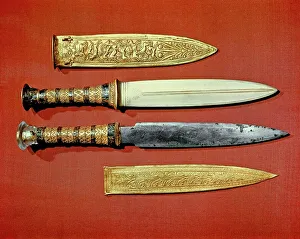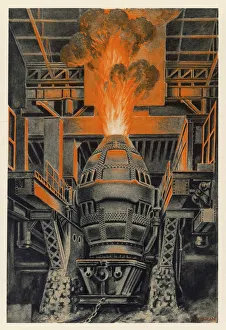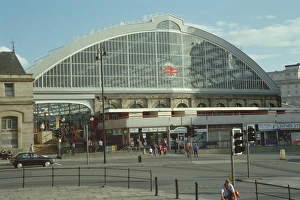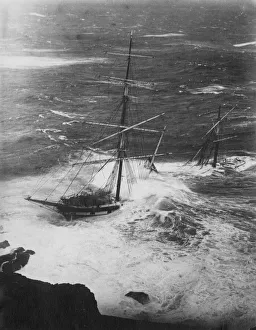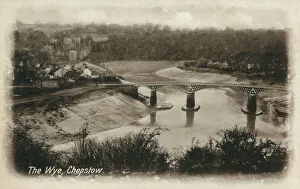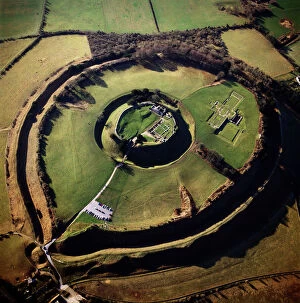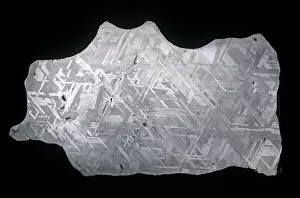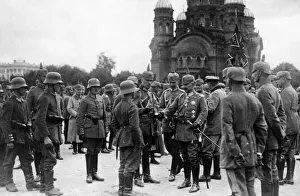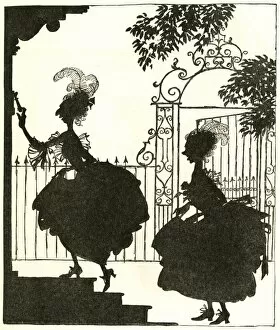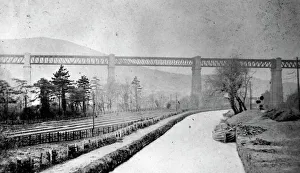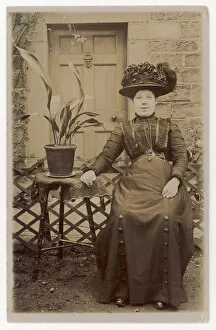Iron Collection
"Iron: A Symbol of Strength, Power, and Resilience" Iron has long been a symbol of strength and power throughout history. From the cover of the first issue of Ms
All Professionally Made to Order for Quick Shipping
"Iron: A Symbol of Strength, Power, and Resilience" Iron has long been a symbol of strength and power throughout history. From the cover of the first issue of Ms. Magazine in 1972 to Antonio Maria Fabres y Costa's painting "The Thief, " iron has made its mark on art and culture. In Oxfordshire, UK, the Uffington White Horse stands tall as an ancient figure carved into the hillside, showcasing the enduring nature of iron. Margaret Thatcher, known as the Iron Lady for her strong leadership style, exemplified this quality during her time as Prime Minister. The Duke Wellington/Paul Pry statue reminds us of another aspect - its versatility. Whether used in weaponry or everyday objects like walking stick stands or irons on ironing boards with adorable Shar Pei puppies nearby, it serves various purposes. Industrial sites such as Scunthorpe Iron Works and Gelli coalmine in Rhondda demonstrate how iron played a crucial role in shaping economies and communities. The Mills Bomb No 5 hand grenade reminds us that even in times of war (like World War One), iron was utilized for destructive purposes. HMS Iron Duke's involvement in the Great Fire of Smyrna highlights both tragedy and resilience. Just like they are withstand intense heat without losing its form, humanity too can rise from ashes stronger than ever before. Stepping back further into history takes us inside the Great Exhibition of 1851 where cast-iron structures showcased innovation and progress. This event marked a turning point when society recognized not only the functional but also aesthetic value that could be derived from this metal. Whether through artistry or industry, symbolism or functionality, one thing remains clear: Iron is more than just a material; it represents endurance against adversity – an unyielding force that shapes our world.

